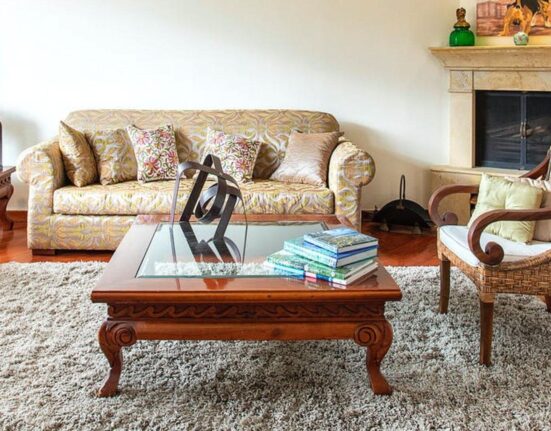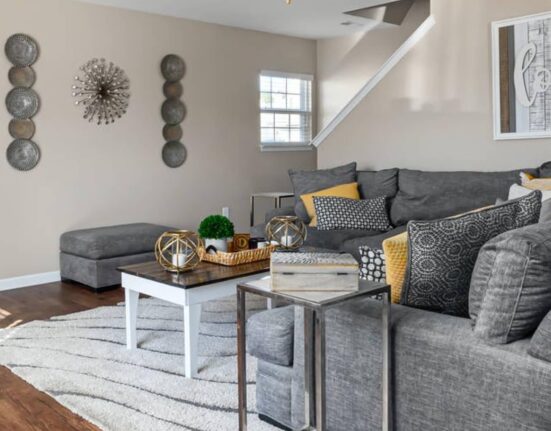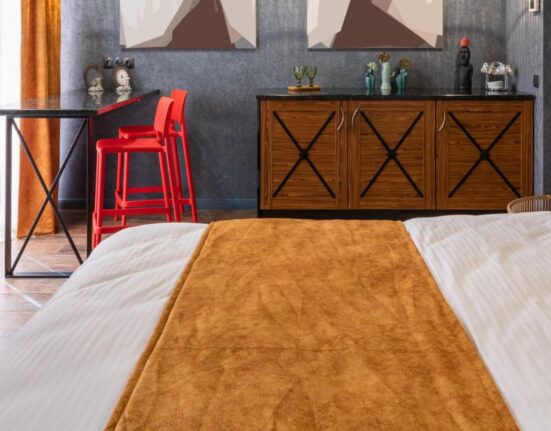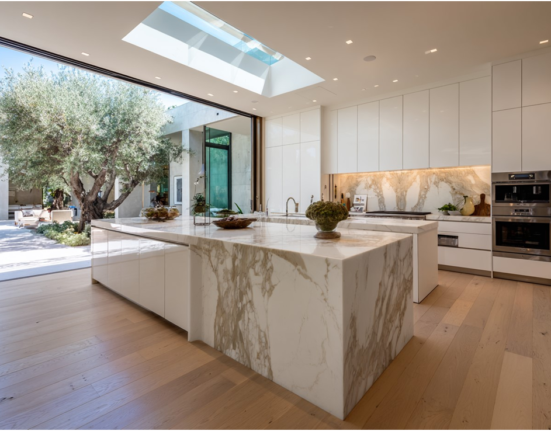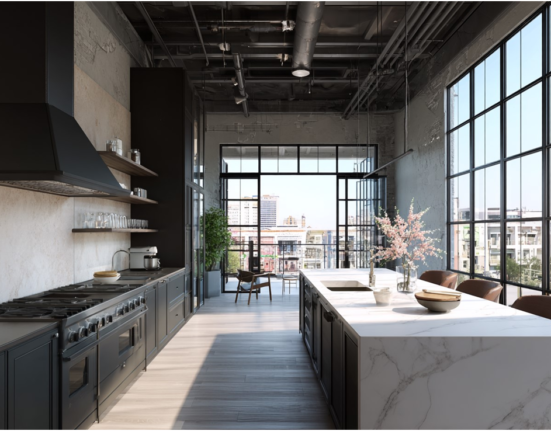A couple named Emma and Jack lived on a remote hillside, away from the bustling city. They had always dreamt of living amidst nature but without sacrificing the comforts of modern life. After months of searching for the perfect home, they discovered an innovative solution: a portable house. With its modular design and eco-friendly features, this house could be placed anywhere their hearts desired. As they settled into their new abode, they marveled at the flexibility and sustainability of their portable house, a concept transforming how people think about living spaces.
The Rise of Portable Houses
Portable houses, also known as tiny homes, mobile homes, or modular homes, are gaining popularity worldwide. These homes offer flexibility, affordability, and a smaller ecological footprint compared to traditional housing. They come in various forms, from simple cabins on wheels to sophisticated modular homes that can be assembled and disassembled easily.
According to the U.S. Census Bureau, the market for manufactured homes has seen a significant increase, with shipments rising by 12% in 2023. This trend reflects a growing demand for affordable and flexible housing solutions, especially in urban areas where traditional housing is becoming increasingly unaffordable.
Types of Portable Houses
- Tiny Homes on Wheels
Tiny homes on wheels are the most common type of portable house. These compact homes are built on trailers, allowing them to move easily from one location to another. They are ideal for people who love to travel or need temporary housing solutions.
A report by the Tiny Home Industry Association states that the tiny home market has grown by 67% over the past five years. Many people opt for these homes due to their affordability and mobility. The average cost of a tiny home is around $30,000 to $60,000, significantly lower than a traditional house.
- Modular Homes
Modular homes are prefabricated structures built in factories and then transported to the site for assembly. They offer the benefits of both portability and customization. They can be designed to fit specific needs and preferences, making them a versatile option for various lifestyles.
The Modular Building Institute reports that the modular construction market is expected to reach $157.19 billion by 2027, driven by the need for efficient and sustainable building solutions. Modular homes are quick to construct and reduce waste and construction costs.
- Container Homes
Container homes are made from repurposed shipping containers. They are durable, eco-friendly, and easily transported. Their unique and modern aesthetic makes them popular among young homeowners and eco-conscious individuals.
A study by Allied Market Research projects that the global container homes market will grow at a compound annual growth rate (CAGR) of 6.5% from 2021 to 2028. Container homes’ use of recycled materials and minimal construction footprint make them attractive for sustainable living.
Benefits of Portable Houses
- Affordability
One of the most significant advantages of portable houses is their affordability. With housing prices skyrocketing, portable homes provide a cost-effective alternative. The lower cost of construction and maintenance makes homeownership accessible to a broader range of people.
According to a National Association of Home Builders survey, the average cost of a new traditional home in the U.S. is around $300,000. In contrast, the average price of a portable house is significantly lower, ranging from $30,000 to $150,000, depending on the type and features.
- Flexibility and Mobility
Portable houses offer unmatched flexibility and mobility. Whether you want to move closer to nature, relocate for work, or enjoy the freedom of a nomadic lifestyle, a portable house can be easily transported to your desired location. This flexibility is particularly beneficial in times of economic uncertainty or natural disasters.
- Sustainability
Many portable houses are designed with sustainability in mind. They often use eco-friendly materials, energy-efficient appliances, and renewable energy sources like solar panels. This focus on sustainability reduces the environmental impact and lowers homeowners’ utility costs.
The Environmental Protection Agency (EPA) highlights that portable houses, especially tiny homes and modular homes, have a smaller ecological footprint due to their efficient use of resources and energy.
Challenges and Considerations
While portable houses offer numerous benefits, there are also challenges to consider. Zoning laws and building codes can vary significantly by location, potentially restricting where a portable house can be placed. The smaller living space may also require lifestyle adjustments and careful planning to maximize the available area.
Conclusion
Portable houses represent a forward-thinking approach to housing, combining affordability, flexibility, and sustainability. Emma and Jack found that these homes can fulfill the dream of living near nature without sacrificing modern comforts. With the growing demand for innovative housing solutions, portable houses are poised to become a significant part of the future housing landscape. Whether you’re seeking a permanent residence, a vacation home, or a mobile living solution, portable houses offer a versatile and eco-friendly option that caters to a wide range of needs and preferences.



